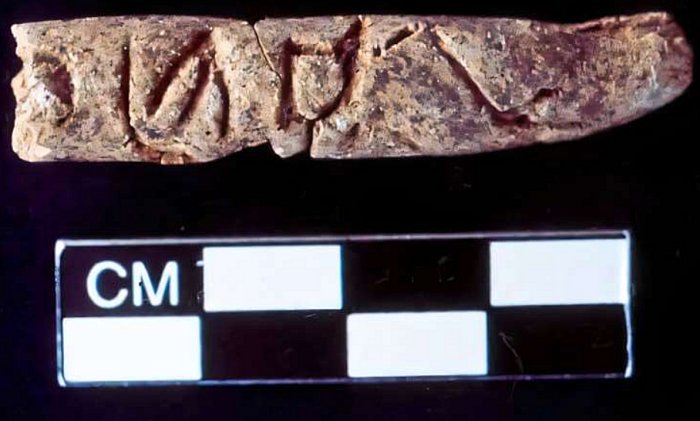Archaeologists have uncovered what they believe to be the world’s oldest alphabet, predating previously known ancient scripts by centuries and suggesting a Middle Eastern origin, The New York Times reports. The groundbreaking discovery, dating back to around 2400 B.C., was made at the Bronze Age site of Tell Umm-el Marra in Syria, located east of Aleppo, after 16 years of excavation.
“Until now, scholars believed the alphabet was invented near Egypt sometime after 1900 B.C.,” said Glenn Schwartz, a researcher from Johns Hopkins University. “However, our findings point to an earlier creation in a completely different region, indicating a possible new origin story for the alphabet.”
The excavation team also uncovered carbon-dated tombs containing six skeletons alongside artifacts such as gold and silver jewelry, cookware, weapons, and pottery. Among the significant finds were four small clay cylinders, etched with what appears to be an early form of alphabetic script. The finger-sized items, which have holes suggesting they were strung together, are believed to have served as ancient labels.
“Perhaps they identified the contents of a vessel, its origin, or its owner,” Schwartz speculated. “Without a way to decipher the script, we can only theorize.”
The discovery site lies roughly 875 miles north of Egypt’s Great Pyramids of Giza, where hieroglyphic writing began at least 500 years later. Further south in modern-day Lebanon, the Phoenicians—credited with inventing the alphabet that became the foundation for many modern scripts around the 11th century B.C.—influenced the English term “phonics,” according to UNESCO.
“This finding reveals that people were experimenting with new forms of communication much earlier and in a different geographic context than previously thought,” Schwartz added.








